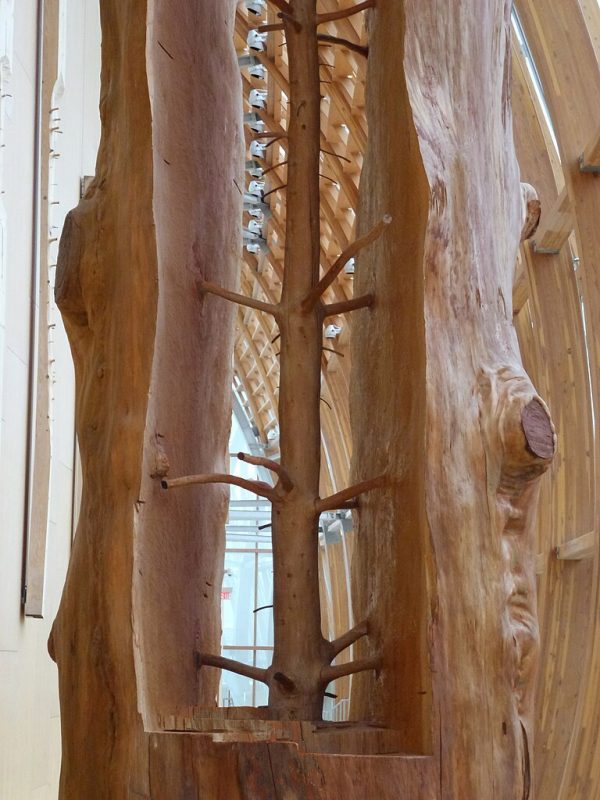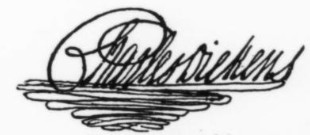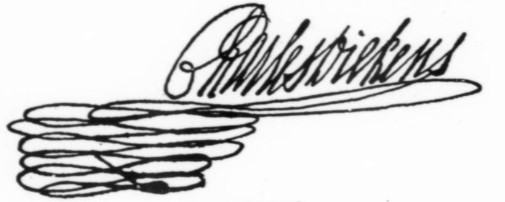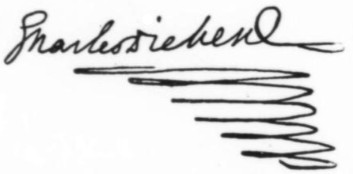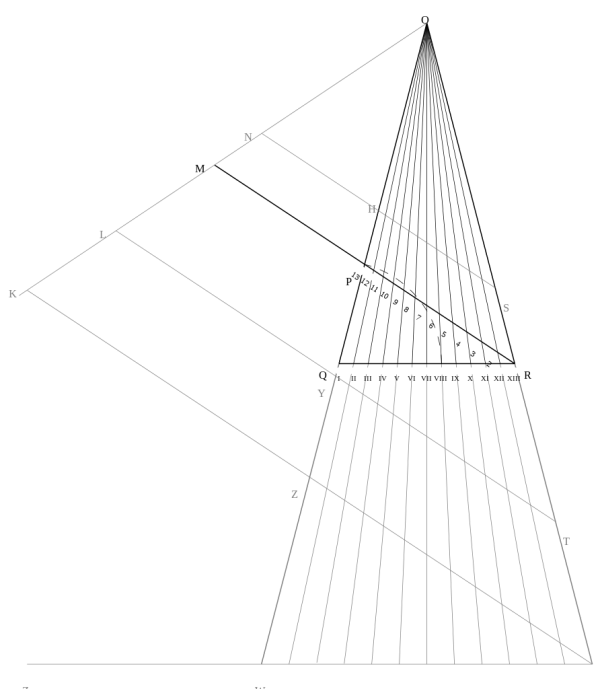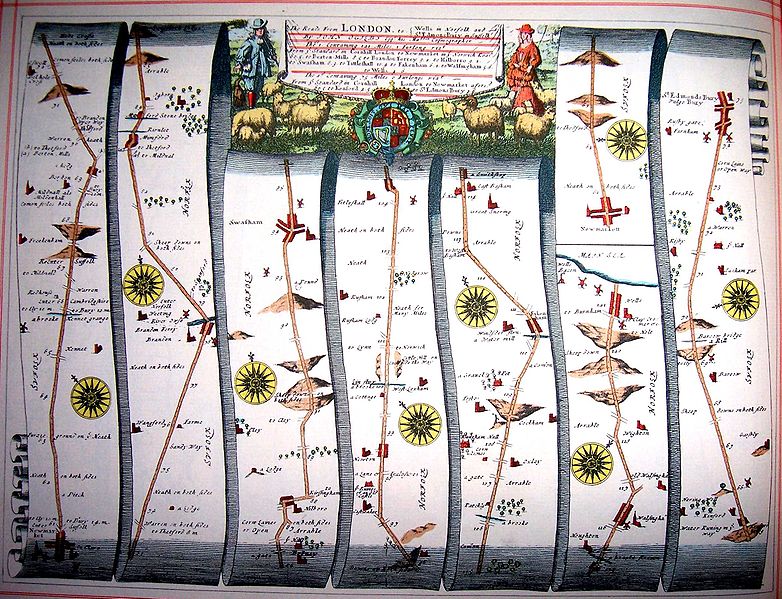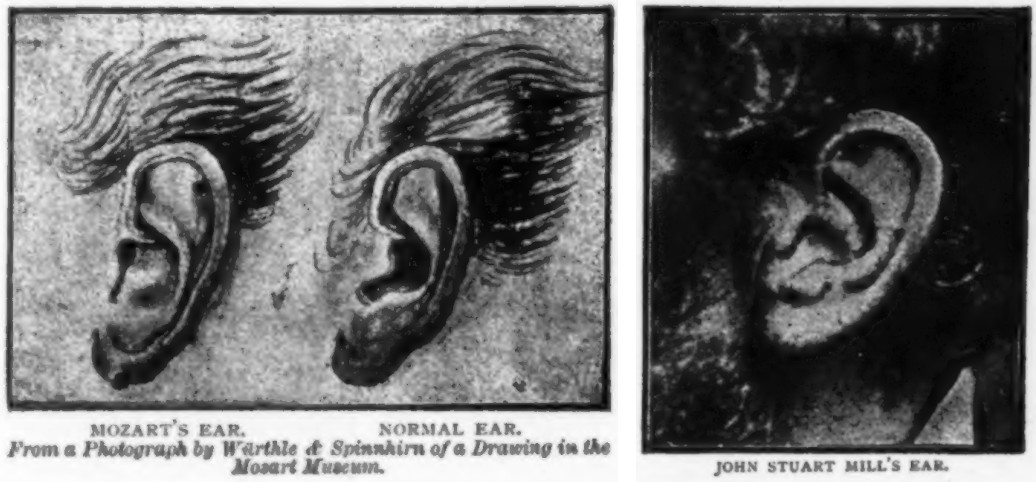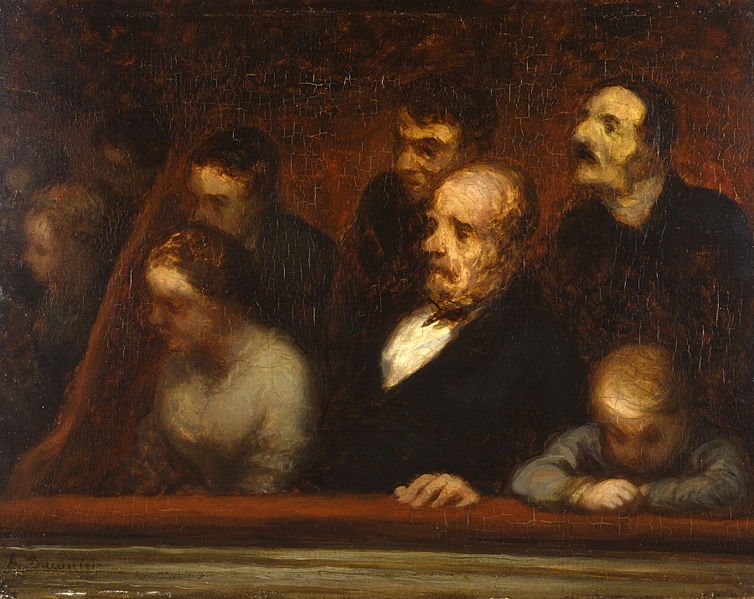
Francis Galton quantified boredom. At a tedious meeting in 1885, he observed that the distance between neighboring heads in the listless crowd began to vary:
When the audience is intent each person forgets his muscular weariness and skin discomfort, and he holds himself rigidly in the best position for seeing and hearing. As this is practically identical for persons who sit side by side, their bodies are parallel, and again, as they sit at much the same distances apart, their heads are correspondingly equidistant. But when the audience is bored the several individuals cease to forget themselves and they begin to pay much attention to the discomforts attendant on sitting long in the same position. They sway from side to side, each in his own way, and the intervals between their faces, which lie at the free end of the radius formed by their bodies, with their seat as the centre of rotation varies greatly.
He wasn’t able to estimate this numerically, but he did find another measure: He counted about 50 fidgets per minute in each section of 50 people. “The audience was mostly elderly; the young would have been more mobile.” He urged “observant philosophers” at dull meetings to estimate “the frequency, amplitude, and duration of the fidgets of their fellow-sufferers” in hopes that “they may acquire the new art of giving numerical expression to the amount of boredom expressed by the audience generally during the reading of any particular memoir.”
(Francis Galton, “The Measure of Fidget,” Nature 32:817 [June 25, 1885], 174–175.)
